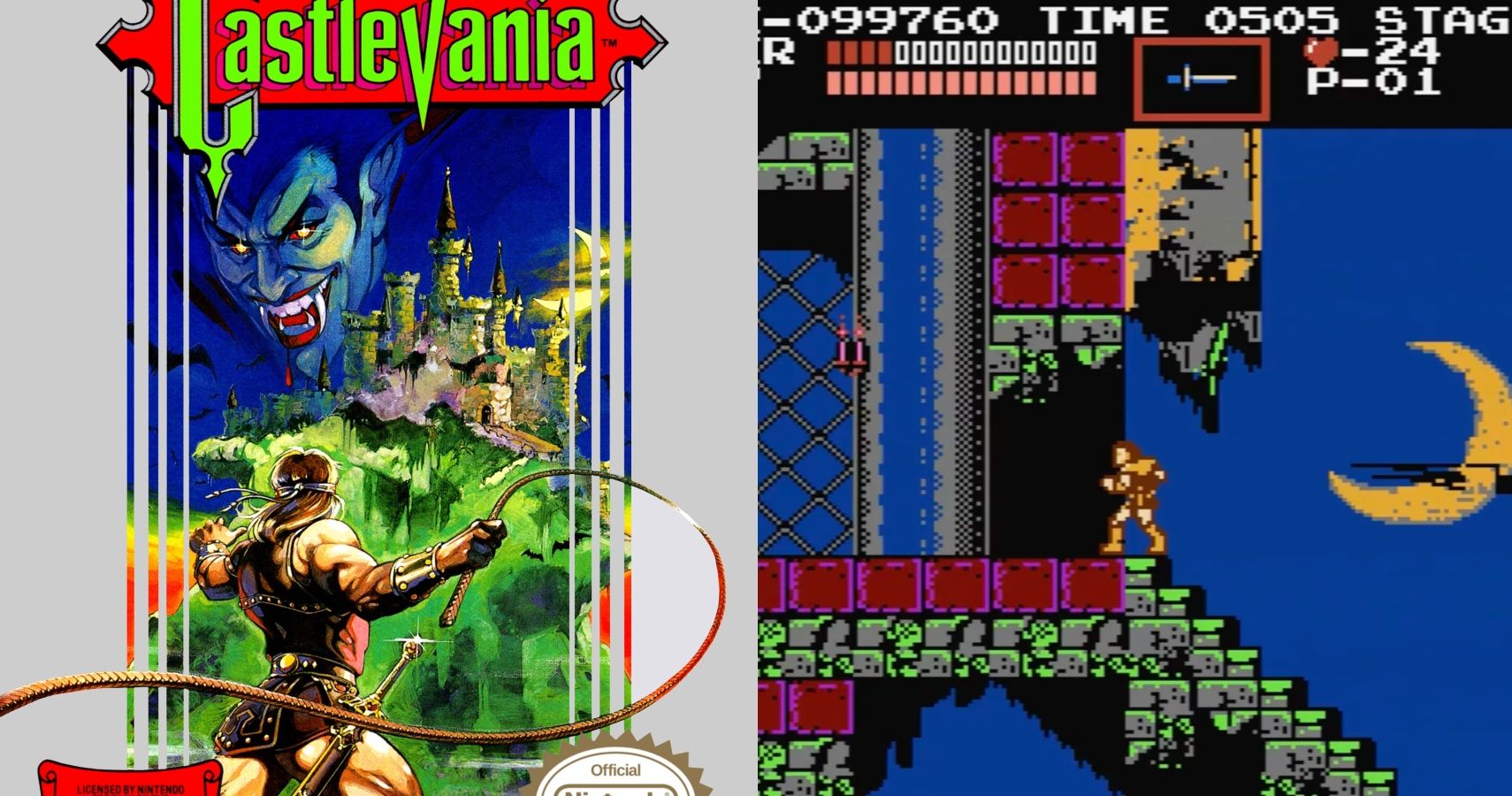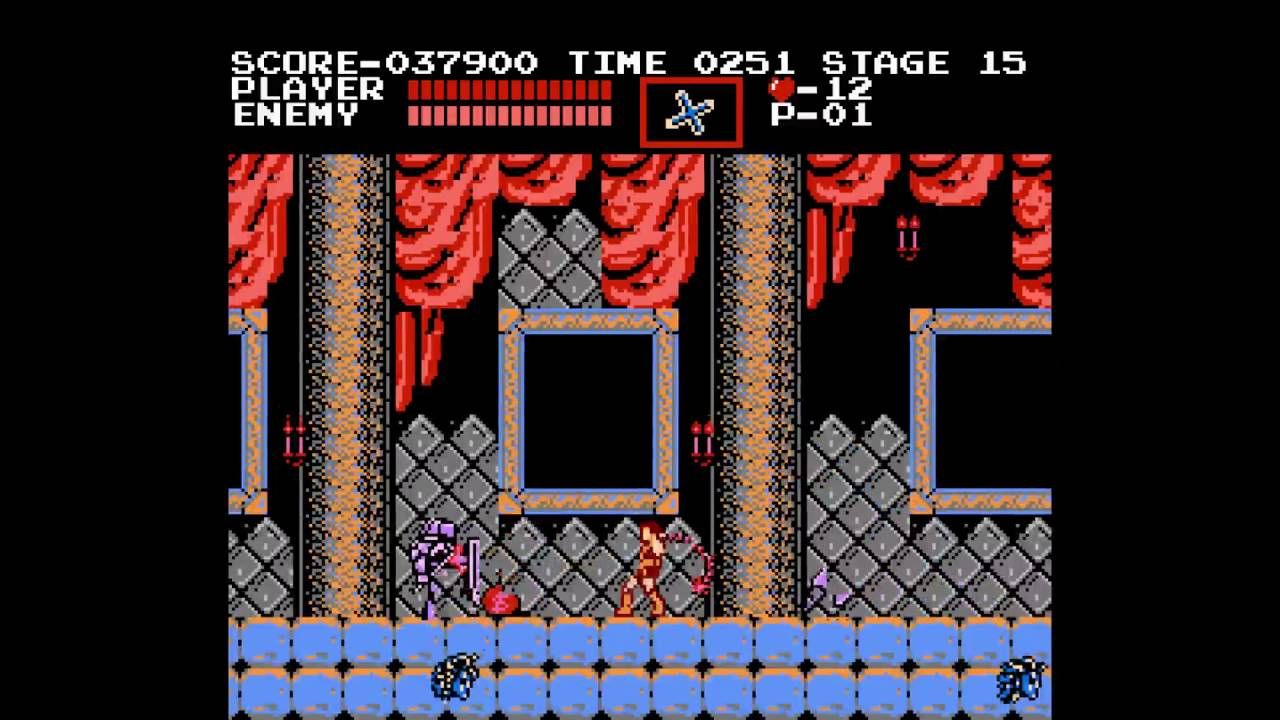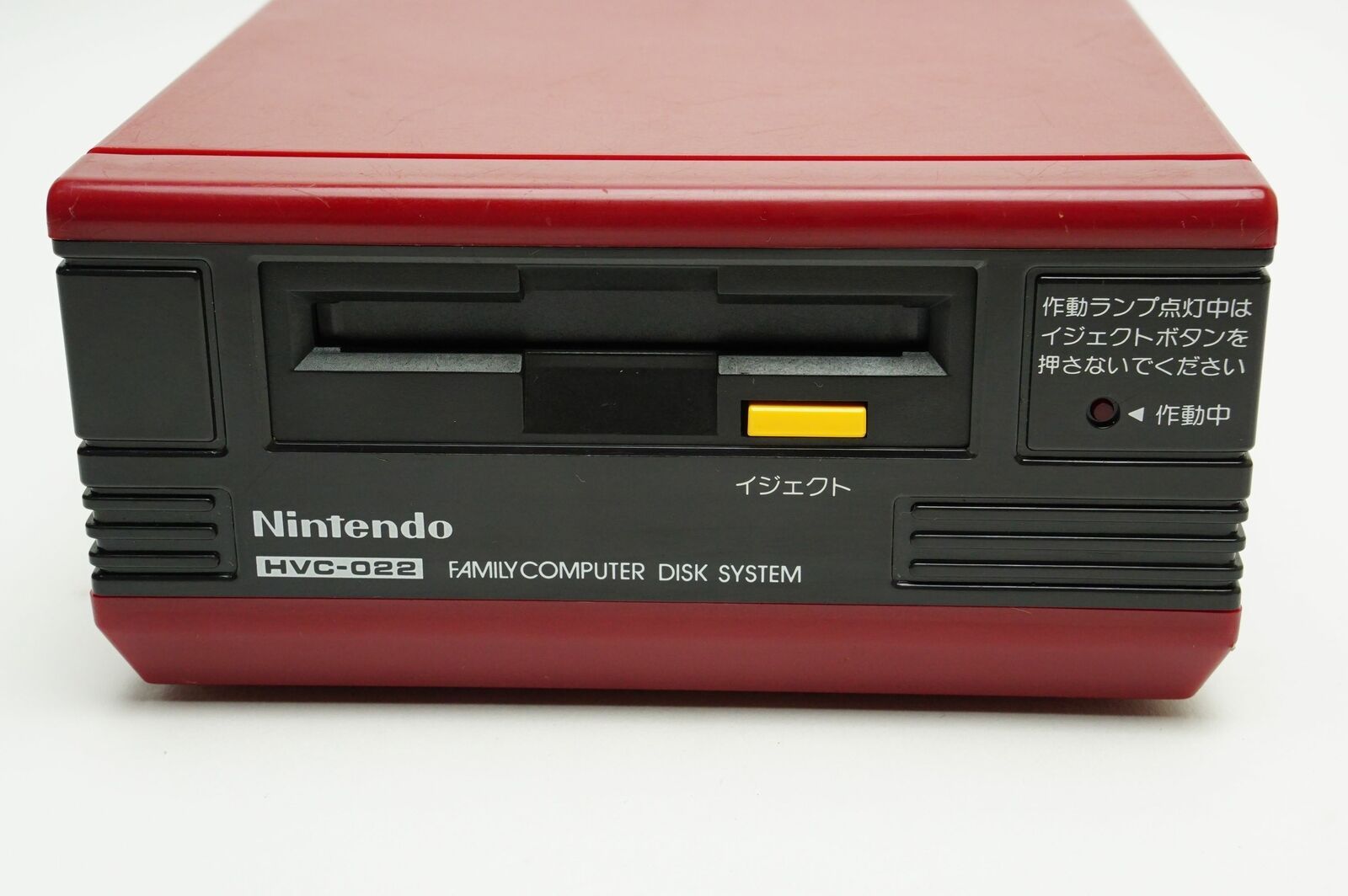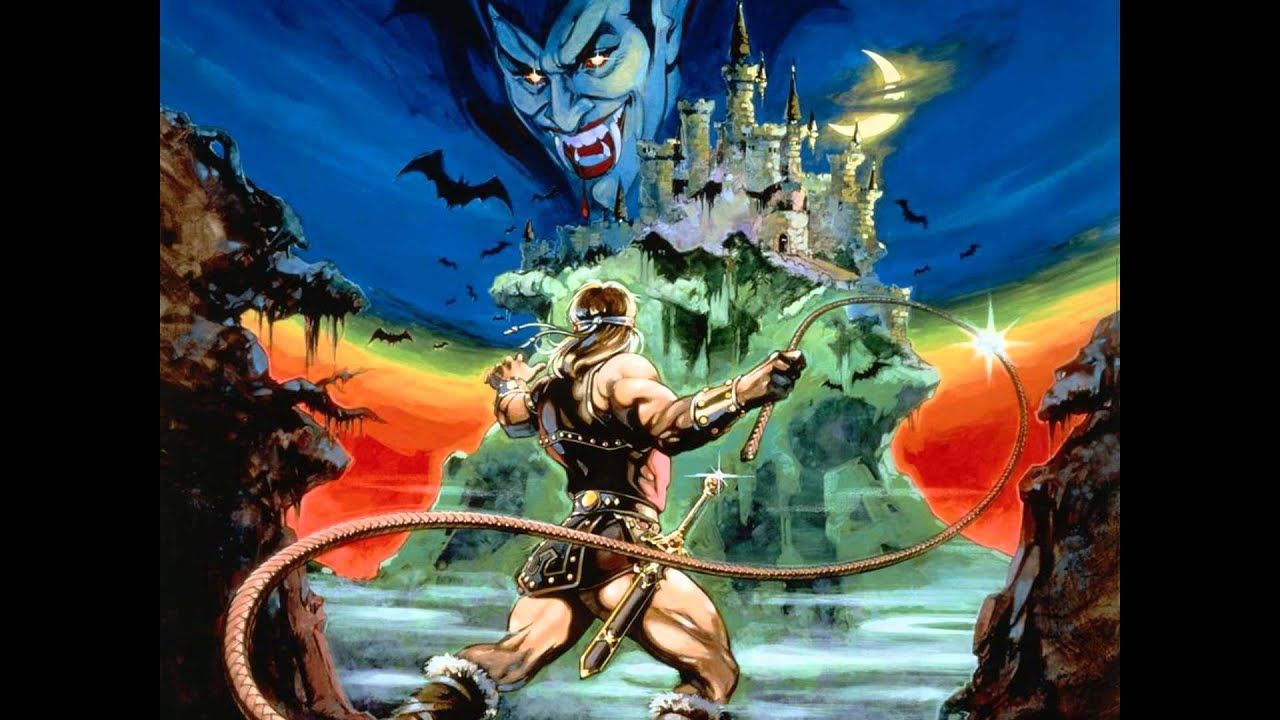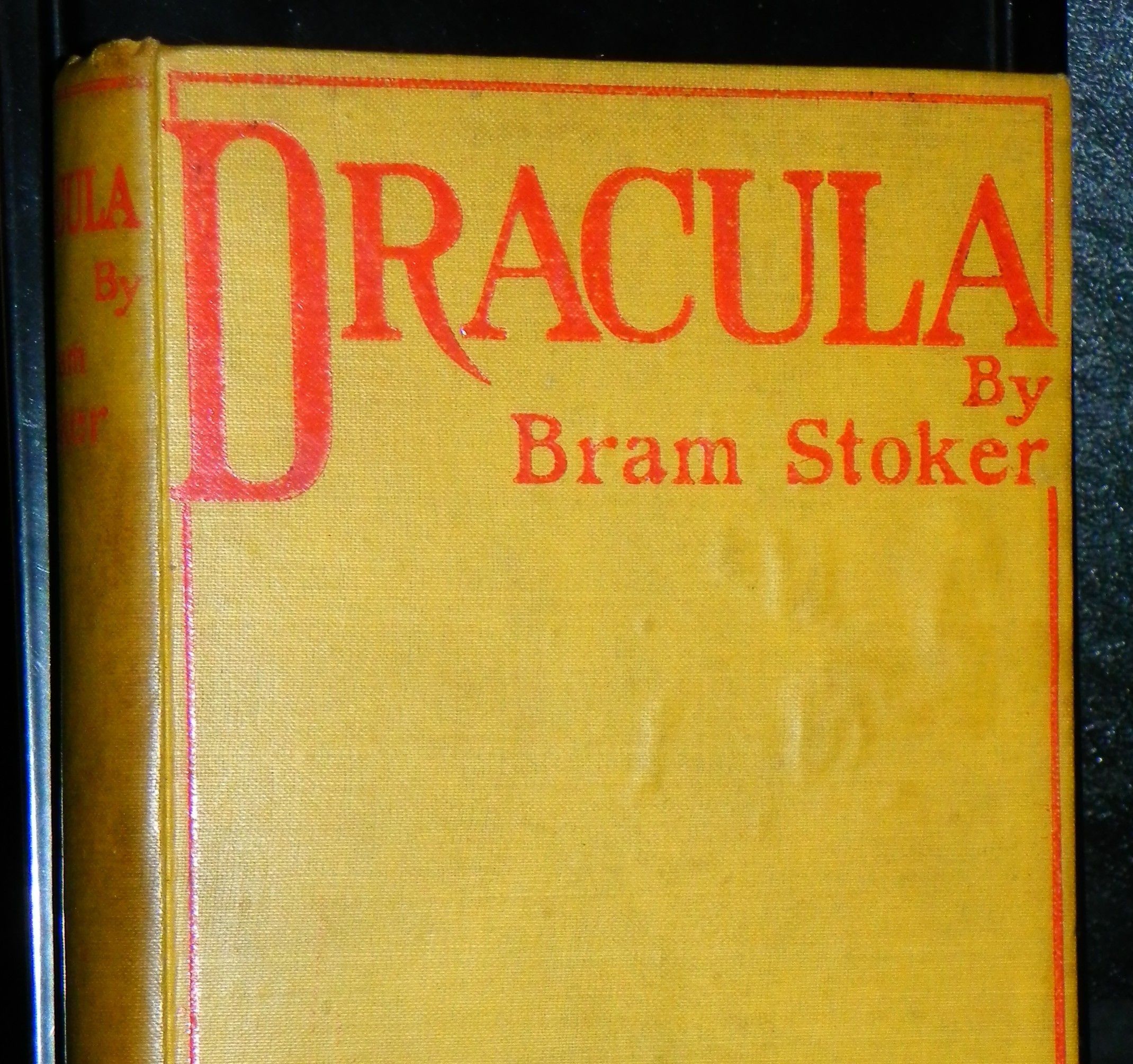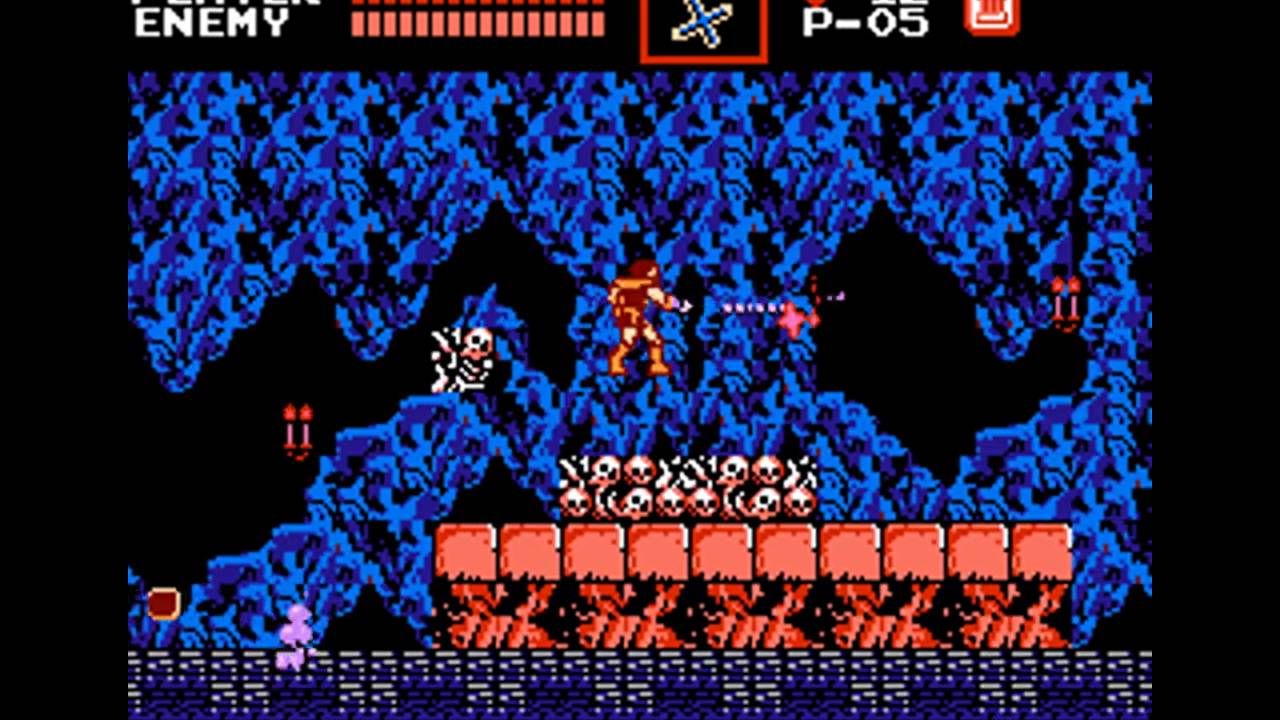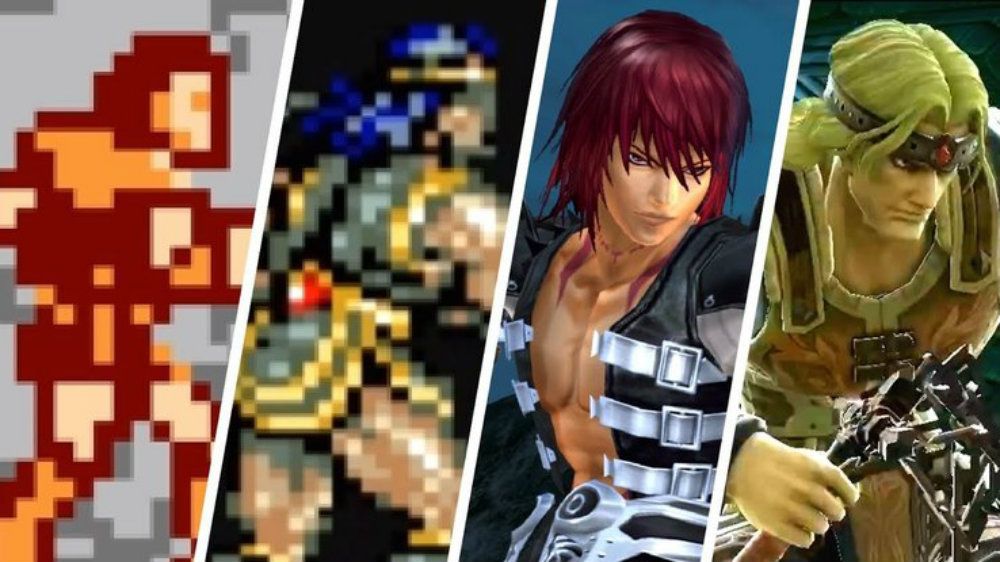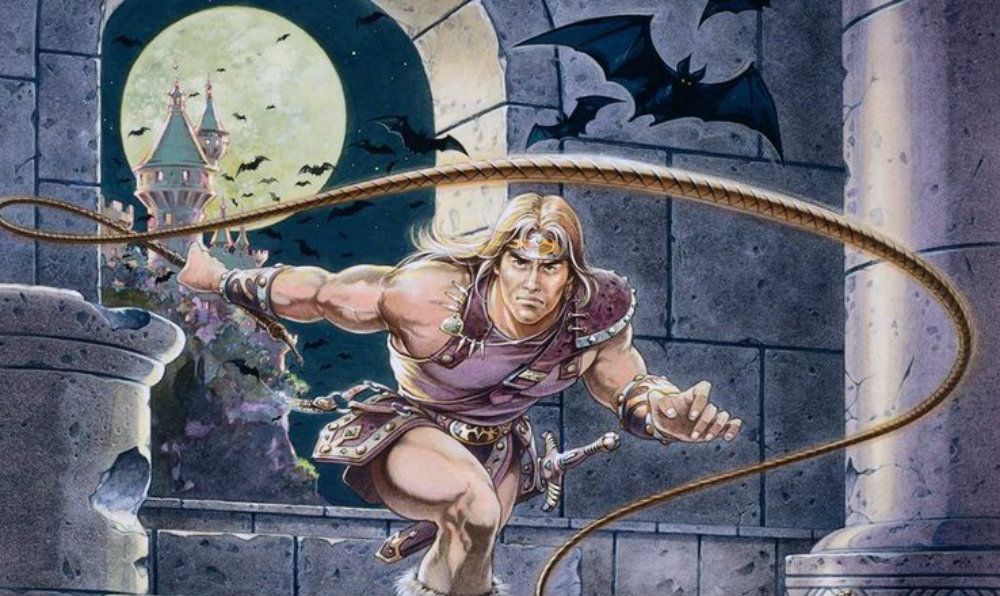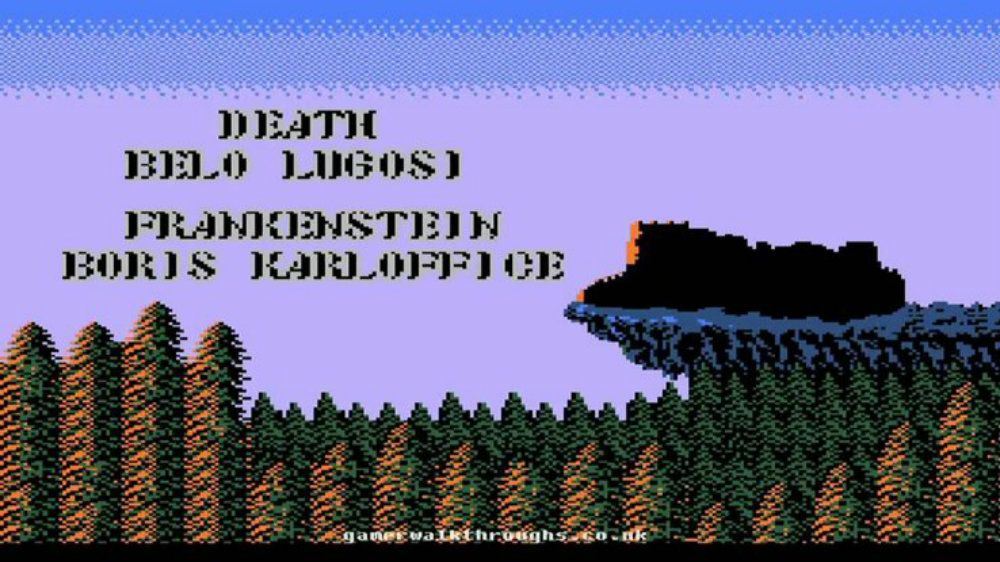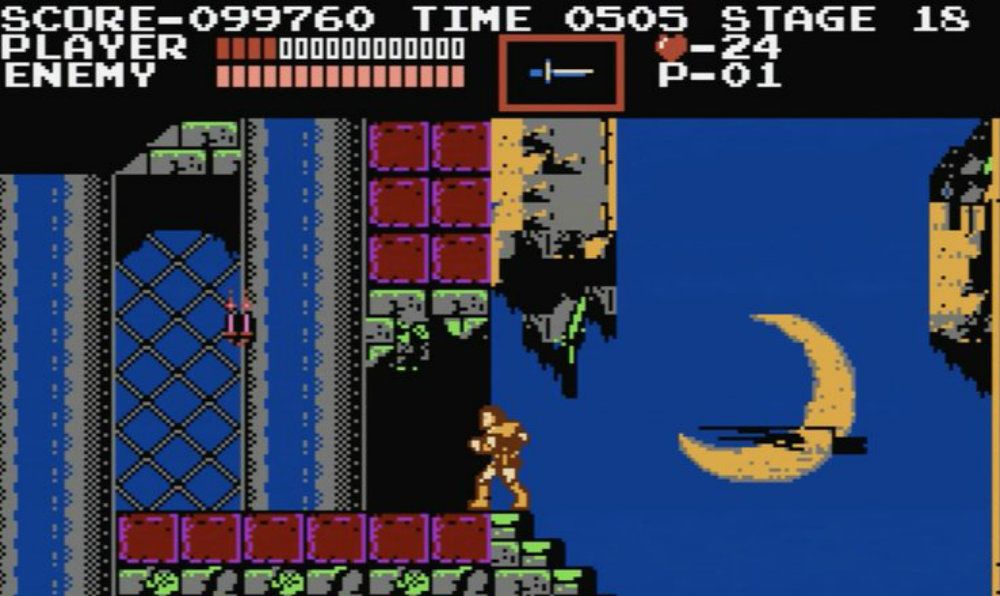It's no secret that Castlevania is an absolute classic. Released in North America on May 1, 1987 for the Nintendo, Castlevania was a huge hit and quickly became one of the Nintendo's most popular and most influential video games. Even today, over 30 years later, the Castlevania name is as popular as it ever was. Perhaps even more so, thanks in large part to the brilliant Netflix series!
Whenever one thinks of the NES, one undoubtedly thinks of Castlevania. And maybe you thought that you knew all there was to know about the game. But you'd be wrong! These are the 10 things you never knew about the first Castlevania.
10 The Game Was Made Like A Movie
Back in the gool old days of the NES, video games weren't exactly cinematic. After all, there was only so much you could do on that primitive technology. However, that didn't stop game director Hitoshi Akamatsu.
Akamatsu was a long admirer of movies, and he aimed to make his game as cinematic as possible. According to him, "[Castlevania was] made by people who consciously wanted to do something cinematic." And we have to say, they did a pretty admirable job, given the limited circumstances!
9 It Was Originally Released On Floppy Disk
While Castlevania gained prominence on the Nintendo (which of course was cartridge based), it was originally released on disk. Fancy! It was released in Japan on the Family Computer Disk System, a Japanese NES periphery that used floppy disks called Disk Cards.
You don't remember this because the Disk System was a Japan exclusive. Now just imagine that: video games released and stored on floppy disks! Man, what a time that was.
8 It Literally Translates To Demon Castle Dracula In Japan
As we've established, Castlevania was originally released in Japan for the Family Computer Disk System. As such, it obviously wasn't called Castlevania. In Japan, the game is known as Akumajō Dracula, or Akumajō Dorakyura, which literally translates to "Demon Castle Dracula." Your mileage may vary on this. Do you prefer "Demon Castle Dracula" or Castlevania?
After it was renamed for North America and Europe, Castlevania was re-released in Japan for the Japanese Famicom in 1993, although it retained its original title. We can respect that. They were the ones who made and originally released the game, after all.
7 It Was Renamed For Its Perceived Religious Connotations
You may be asking yourself why the game's title was changed from Akumajō Dracula to Castlevania for international release. Well, it all stems from the Senior Vice President of Konami of America, Emil Heidkamp. Mr. Heidkamp falsely believed that Akumajō Dracula translated to "Dracula Satanic Castle" rather than "Demon Castle Dracula."
Fearing the negative connotations associated with the word "satanic," Heidkamp decided to have the game renamed for English release. The result was a portmanteau of Castle and Transylvania (keeping with the Dracula theme). Thus, Castlevania was born.
6 The Release Coincided With Dracula's 90th Birthday
We're sure this was just a coincidence, but hey, it's still an interesting little piece of info! Castlevania was released in North America on May 1, 1987. And the obvious influence of Castlevania was Bram Stoker's Dracula, which is the quintessential vampire story. Heck, the Japanese title literally references Dracula!
Dracula was originally published in London on May 26, 1897, which made for some terrifying summer reading! While Castlevania didn't quite make the novel's 90th birthday, it came pretty darned close! Now that is one way to honor Mr. Stoker's legacy!
5 It Originally Featured More Weapons
The thing with these limited games is that they often stifled creativity. Those budgets always get in the way of our imaginations! In the original versions of Castlevania, the whip could be used in multiple directions, which certainly would have saved us a few headaches!
It also featured a slew of interesting weapons, including garlic and wooden stakes (of course!), and some sort of mysterious item that transformed Simon into a werewolf. Of course, these all proved far too ambitious for the time, and they were eventually cut from the final product. Oh, what could have been!
4 Simon Was Originally Named Peter Dante
The name Simon Belmont is now synonymous with gaming. He quickly became a huge fan favorite, and he later starred in Castlevania II: Simon's Quest and Super Castlevania IV, among others. However, we almost didn't get Simon Belmont. Well, we almost didn't get "Simon Belmont."
Simon was originally named Peter Dante, and he was set to be the grandson of a Christopher Dante. For whatever reason, Konami went with Simon Belmont instead, and the rest, they say, is history.
3 There Was A Parallel Version
Playing Castlevania was certainly a confusing experience, especially in Europe! You see, a version of Akumajō Dracula was released in Japan on the MSX2 only one month after the original that was released on the Disk System. Because Europe also saw the release of the MSX2 (it was never released in North America), the game was localized in Europe where it was released under the name Vampire Killer.
This was released in 1987, the same year Castlevania was published in North America. One year later, on December 19, 1988, Castlevania was released in the PAL region, effectively making two versions of the same game in Europe. Talk about a process!
2 Fake Names In The Credits
Very few people actually sit through a game's credits and read the names associated with the making of the game. Usually, once the scrawl begins, people either check out completely or skip it (should that be an option). Luckily for those of us who stuck around, Castlevania contained some brilliant, and hilarious, credits.
The names were actually parodies of famous actors associated with the horror genre, including "Christopher Bee," "Belo Lugosi," "Boris Karloffice," and "Love Chaney!" It's good to know they have such a good sense of humor.
1 It Scored 34 Out Of 40 In Famitsu
Castlevania was an instant success upon release in Japan. One of the country's most respected and popular critical outlets is the magazine Famitsu. Famitsu takes an original approach to video game criticism, as four separate critics review the game and give it a score out of ten. Obviously, a perfect score would be 40.
Upon its release in Japan, Castlevania scored an impressive 34/40, an average of 8.5/10 for each critic. Now that's what we would call an instant classic! Luckily, it has beautifully stood the test of time and is still fun to play to this day.

